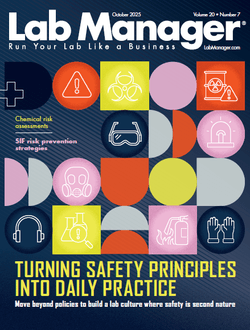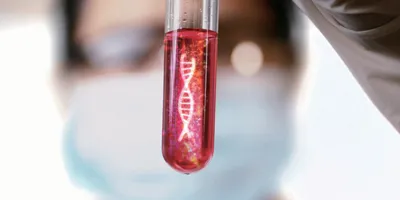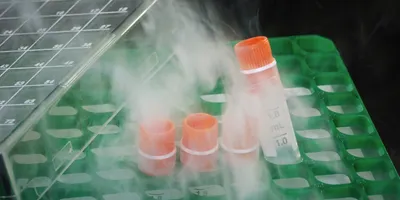The most neglected piece of equipment in a lab might be the water bath. Such a frequently used piece of equipment is not the best one to overlook, but the everyday use creates some of the problem. Heat water to about 98.6° F, place containers in the bath, take them out, add more containers, and repeat and repeat—and that’s a recipe for growing algae, bacteria, and fungus. Luckily, a few easy steps keep a lab’s water bath fresh, not like a lagoon.
Scientists use water baths for a wide variety of applications. At St. Olaf College (Northfield, MN), assistant professor of biology John L. Giannini uses a water bath to change the temperature of enzyme reactions. “The most important thing is to keep your water clean by changing it often,” Giannini says. “My tip would be, again, to keep it clean.” That’s a tip worth reiterating. Ultimately, that is the key objective. The question is: What’s the best way to do that?
Pick the right water
It turns out that using the right kind of water makes a difference in a water bath. Tap water is not right because of the dissolved ions. Using tap water can cause scaly buildup at the least and even chlorinedriven corrosion in some cases.
Some scientists use water from a lab purification unit. Surely, that is a good choice, right? Not necessarily, because even that water can corrode stainless steel. Some lab purification units include a salt back flush that can leave sodium ions in the water, and that’s what corrodes the stainless steel. That kind of water could even put pits in a water bath’s surface.
Download Now: The Lab Manager Baths and Chillers Resource Guide
Instead, the best choice is just distilled or deionized water. That should be exactly what a water bath needs, but there’s more.
Just adding the right water can extend the life of a water bath and keep it from looking flaky and fouled up on the surface, but that won’t be enough to back off the lagoon syndrome. For that, adding a commercial algicide or biocide can do the trick.
The need to clean
Even the right water and an anticontamination chemical can’t indefinitely delay the inevitable—really cleaning a water bath. For a first step there, consult the manual. Depending on the water bath, it might work best to follow specific guidelines.
Without specific instructions, a few general rules help. First, no bleach! Like the wrong water, bleach can corrode even stainless steel. Next, no abrasives! Instead, stick with soapy water and a soft cloth. If desired, a commercial product made specifically for cleaning a water bath can be used.
Some labs clean a bath with hot water. For that, about 140° F water for 30 minutes or so should kill any living contaminants in a water bath. Even after that, it’s still a good idea to empty the bath and manually clean out any lagoon leftovers.
Take a bead break
If keeping the water clean is just too much work, the water can be replaced with beads—sometimes. In a bath that doesn’t circulate or shake, the water can be swapped for beads. Then, it all works about the same but stays cleaner. Even with beads, some cleaning is required. Now and then—depending on how a bead bath is used—the beads must be cleaned. That just takes some ethyl alcohol.
The best approach to heating things in a lab depends on the lab and, often, the existing equipment. No matter which method is selected—water or beads—the cleaning doesn’t go away. It just changes some, but the elbow grease is always part of the process.
For additional information on baths and chillers, including useful articles and a list of manufacturers, visit www.labmanager.com/baths-chillers









